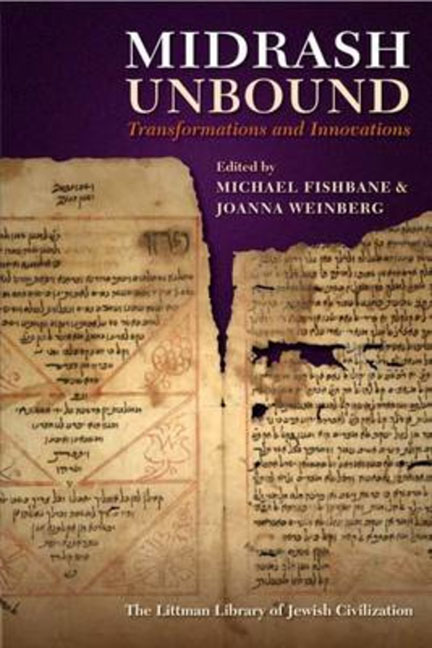19 - The Destruction of the Temple: A Yiddish Booklet for the Ninth of Av
Summary
THE MIDRASH AND YIDDISH BEFORE THE SEVENTEENTH CENTURY
Although no list of Yiddish translations of midrashim through the ages is available, we know that full translations of the most comprehensive and popular ones (Midrash tanḥuma and Midrash Rabbah) began to appear only in the last two decades of the nineteenth century. On the other hand, to this day, no Yiddish translation of the Talmud, or any separate tractate thereof, is known. However, the wealth of midrashic material that had accumulated by the fourteenth century was an inexhaustible source of elements of all kinds which were incorporated, in diverse forms of translation, reworking, and adaptation, into most genres of Old Yiddish literature from its very beginnings.
In the oldest known literary document of Yiddish literature—the Cambridge Codex T—S 10 K 22, dated 1382—an abundant use of midrashic sources may be observed. Four poems in this anthology, one about ‘paradise’ and three about the biblical figures of Abraham, Aaron, and Joseph, rely almost entirely on the Midrash. These four relatively short poems from the fourteenth century constitute the cornerstone of Old Yiddish epic poetry on biblical themes. They were followed, probably in the fifteenthcentury, by a more extensive poem on akedat yitsḥak (the binding of Isaac), and later by the first confrontation of the genre with an entire biblical book, the book of Esther, which produced at least eleven versions.5 In both cases a great variety of midrashic sources played a vital, but no longer exclusive, role. Other elements—mainly translations and interpretations of biblical passages—are interwoven in the narrative. The expansion of the genre towards the books of the Former Prophets in the second half of the fifteenth and the beginning of the sixteenth centuries brought about a decisive change in the thematic scope and narrative confines of the works, which resulted in a significant extension of the number of sources of elements used in these poems. The authors of these comprehensive epics, particularly the Shmuel-bukh (on the books of Samuel) and the Melokhim-bukh (on the books of Kings), the crowns of the genre, did not satisfy themselves with joining one midrashic element to another. They wove a strikingly rich mosaic-like fabric in which elements from the Bible and numerous midrashic and exegetical sources are organically integrated.
- Type
- Chapter
- Information
- Midrash UnboundTransformations and Innovations, pp. 407 - 428Publisher: Liverpool University PressPrint publication year: 2013

